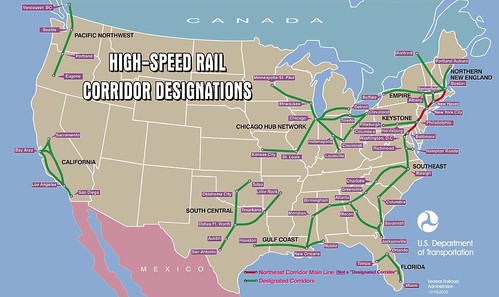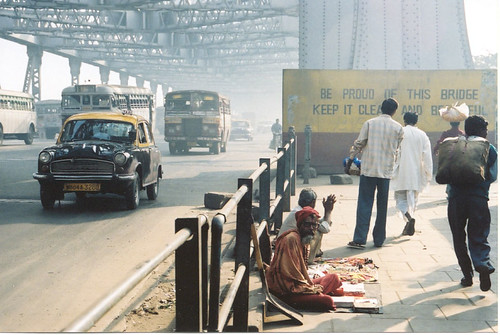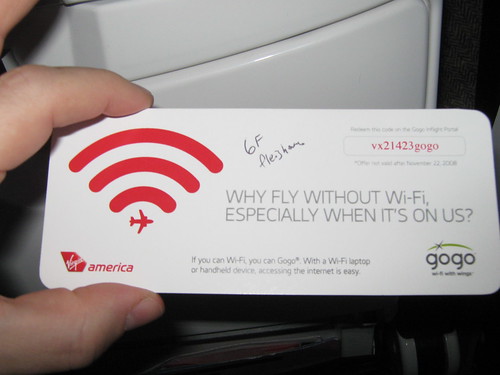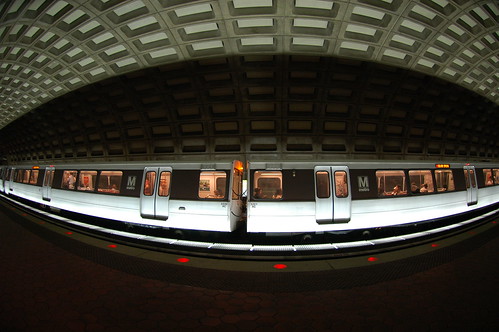Fortune Magainze says America’s high-speed rail off to a slow start
(Source: Fortune)
President Obama may call a nationwide high-speed passenger rail network a priority, but it’s going to take a lot more than $8 billion to make it happen.
Though Thomas the Tank Engine earned a loyal following of American children in the 1980s and 1990s through his popular PBS television show, real trains have long been out of favor with the American public. Even Thomas was a British import.
Indeed, the fact that an early 20th-century steam locomotive — and not a sleek, high-speed model — so captured the modern young American imagination is an apt commentary on the state of train travel in the United States: The country lags years behind some of its peers.
America has 457 miles of high-speed track from Boston to Washington, D.C. In Japan, by comparison, trains netting speeds up to 188 miles-per-hour cross 1,360 miles of track; France features 1,180 miles of rail to support trains that can travel up to 199 miles-per-hour; and, as Bill Powell’s article, “China’s Amazing New Bullet Train,” shows in the latest issue of Fortune, China aspires to dart even farther ahead with its $300 billion high-speed rail project.
But President Barack Obama hopes to bridge this gap, emphasizing the importance of developing a nationwide high-speed rail network in several of his speeches. Just a month into his tenure, the President successfully urged Congress to dedicate $8 billion of February’s stimulus funds towards the system’s development.
“What we need … is a smart transportation system equal to the needs of the 21st century,” Obama said in a speech in April, the same month the Federal Railroad Administration released its prospectus for the high-speed program, “Vision for High-Speed Rail in America.” “[We need] a system that reduces travel times and increases mobility, a system that reduces congestion and boosts productivity, a system that reduces destructive emissions and creates jobs,” Obama continued in phraseology typical of his rhetoric. But it remains to be seen whether the U.S. government can translate “talk” into “walk” when it comes to high-speed rail.
Last month, 40 states — both individually and in groups — submitted 278 pre-applications for various stimulus-funded high-speed passenger rail projects, amounting to $102.5 billion in requests. Final applications are due August 24, and the FRA will begin distributing funds in September.
Click here to read the entire article. (Hat tip: WTSLosangeles@Twitter)







![Image Courtesy: Economic Policy Institute [figure]](http://www.epi.org/page/-/img/20090805_snapshot.jpg)

